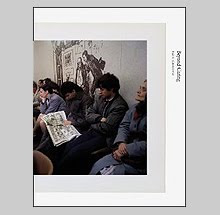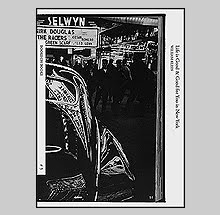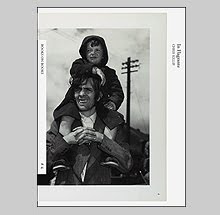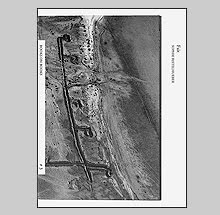The New West by Robert Adams Aperture reissue
In 1972, due to a job transfer imposed upon my father, my family moved from
My earliest memories of ‘out west’ seem two or three stops overexposed. What made an immediate impression, and what took a long time to get used to, was the
Our home sat at 9222 on a street called North Arroya Vista Drive East and on the edge of a desert preserve within which my brother and I could venture out into what we thought was unblemished desert. There, with green plastic military style canteens linked to our hips, we would stomp through dry river beds -- driving pellets from our air rifles into the bellies of Saguaro cactus and smashing beer bottles with rocks launched from ‘wrist-rocket’ slingshots. After a few hours we would return home exhausted and sunned with the odor of crushed creosote leaves on our clothes and hands. Looking through the new Aperture edition of Robert Adams perfect book The New West, I now realize that
Looking at The New West for me is very similar to tapping into the slight sense of unease that I felt within this landscape. Architecture and signage sprung up in places where they seem as susceptible to rejection from the soil as the sporadic growths of sun-dried vegetation. The brick church in
As John Szarkowski wrote in the foreword of The New West, "But whether out of a sense of fairness, a taste for argument, or a love of magic Robert Adams has in this book done a strange and unsettling thing. He has, without actually lying, discovered in these dumb and artless agglomerations of boring buildings the suggestion of redeeming value. He has made them look not beautiful but important, as the relics of an ancient civilization look important." He concludes his essay, "Though Robert Adams's book assumes no moral postures, it does have a moral. It's moral is that the landscape is, for us, the place we live. If we have used it badly, we cannot therefore scorn it, without scorning ourselves. If we have abused it, broken its health, and erected upon it memorials to our ignorance, it is still our place, and it before we can proceed we must learn to love it. As Job perhaps began again by learning to love his ash pit."
Aperture's new facsimile edition of The New West: Landscapes Along the Colorado Front Range is most likely the most beautiful of the three editions. I do not own the first edition to make adequate comparison but given the technological innovations since it was originally published by the Colorado Associated University Press in 1974, I can’t imagine it compares to the exquisiteness seen here. I do own a copy of the Walther Konig edition from 2000 and sitting that edition alongside this one, I immediately noticed an extension of the tonal values of each plate in this new edition. The Konig edition has much more contrast and loses detail on both ends of the scale. (I also hope that Aperture used a more acid free paper than the Konig as that edition is very susceptible to yellowing of the page edges.)
The separations were made by Thomas Palmer and the printing is by Trifolio in
My family spent 12 years escaping from the sun and employing inventive ways to keep the car seats from blistering our skin before the pull of extended family eventually drew us back East where I cultivated an interest in the arts. I often wonder what I would have made of myself had we stayed on. The
I have a hard time imagining it, but perhaps I would have gone on to stake my own claim to the west by spray-painting my name onto an outcropping of rocks in the foothills that overlook the home where I'd live out my days in blissful ignorance of Robert Adams's prophetic masterpiece.












